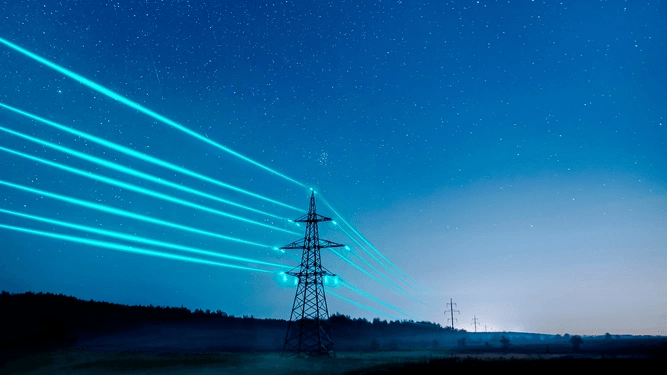Exploring Demand Side Response AKA Flexibility
Imagine a theme park on a sunny weekend. Families flood in, all eager to ride the biggest rollercoaster. Now imagine if everyone joined the queue at the exact same time. The line would stretch endlessly, the ride would be overwhelmed, and the whole system would grind to a halt – turning sunny smiles into frustration and discontent.
Chaos, right?
That’s exactly what our electricity grid faces when everyone turns on their heating, cooks dinner, or does their laundry between 4-7pm each night. The system strains to keep up, and we end up using more expensive and less clean energy.
But just like a smart theme parks use staggered entry, and real-time updates to manage the crowd, Demand Side Response (DSR) - also known as flexibility - helps the energy system stay balanced. It doesn’t stop people from using energy, it just spreads out the demand. Your home stays warm, you’ve still got dinner to eat, and your clothes are washed. This time, though, the grid doesn’t get overwhelmed and households benefit from cleaner and cheaper energy.
What Is DSR?
DSR is a way of making our electricity system more flexible by encouraging users, such as homes, businesses, and devices, to shift their energy use in response to signals from the grid. These signals might be based on electricity prices, carbon intensity, or grid stress. Instead of always increasing supply to meet demand, DSR allows us to adjust demand to match supply, especially when renewable energy is abundant or when the grid is under pressure. It’s a key part of building a net zero energy system that’s both resilient and affordable.

Exploring Time-of-Use Tariffs
One of the most promising tools for enabling DSR is the use of time-of-use tariffs, where electricity prices vary depending on the time of day. These tariffs encourage consumers to shift their energy use away from peak hours - when demand is high and electricity is more expensive - to off-peak times when energy is cleaner and cheaper. At Energised Futures, we’re working to understand how households respond to different pricing signals through our research, and whether time-based incentives can help shift energy use in meaningful ways.
The Interoperable Residential Energy Flexibility Project
Energised Futures is focused on accelerating a new energy future for homes, businesses and the entire energy system. We were proud to help make DSR more effective and accessible through our work on the Interoperable Residential Energy Flexibility project. Funded by DESNZ, this initiative is part of the UK’s Interoperable Demand Side Response Programme, which aims to ensure that different energy flexibility technologies like smart thermostats, EV chargers, and home batteries can work together seamlessly.
By improving interoperability and aligning with national standards, we’re helping to build a more resilient, responsive, and user-friendly energy system: one where every home can play a role in keeping the grid running smoothly.
Want to learn how you can play an active role in the energy transition through DSR?
Follow us on LinkedIn to stay up to date with all latest news and breakthroughs.
